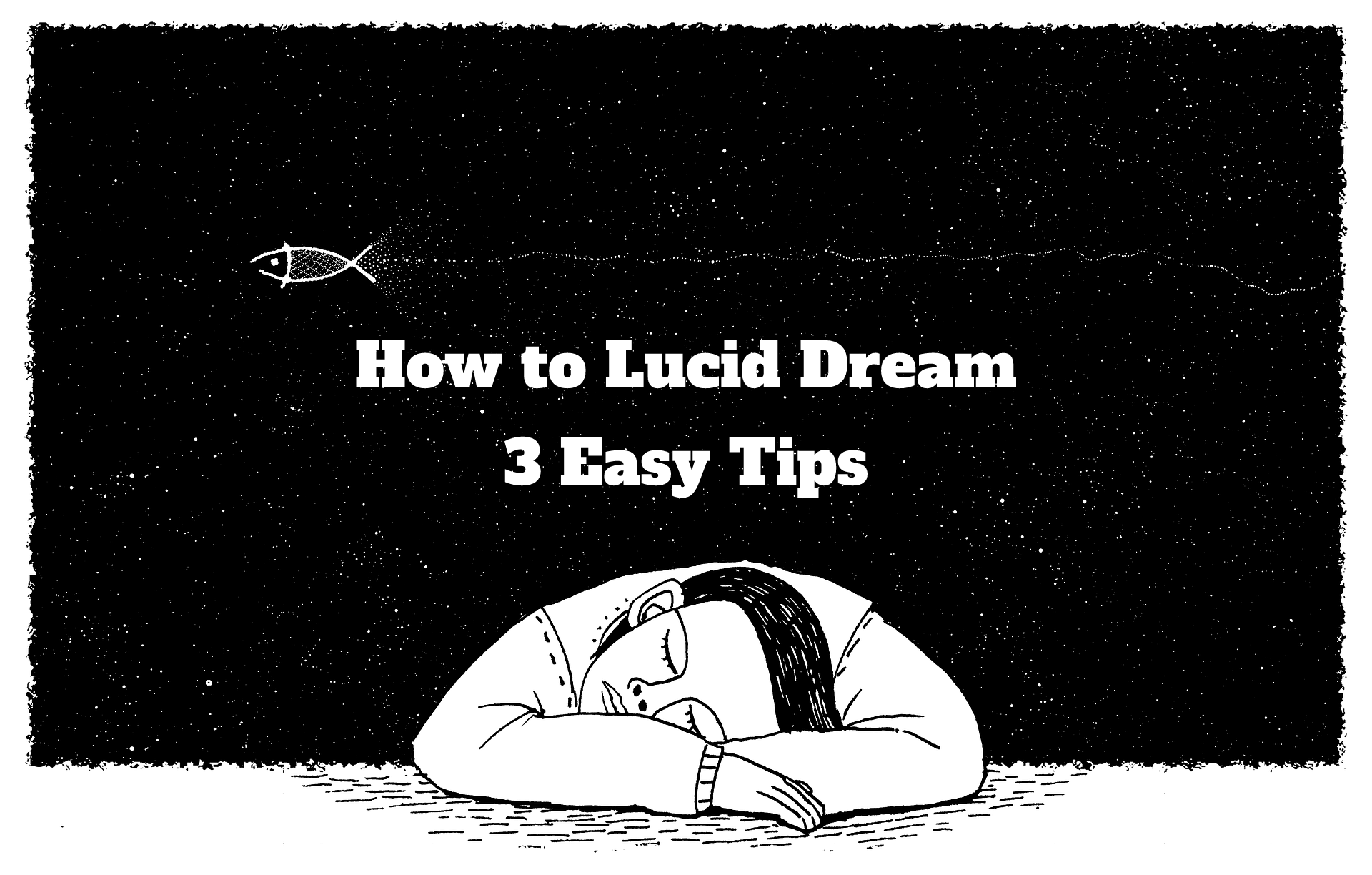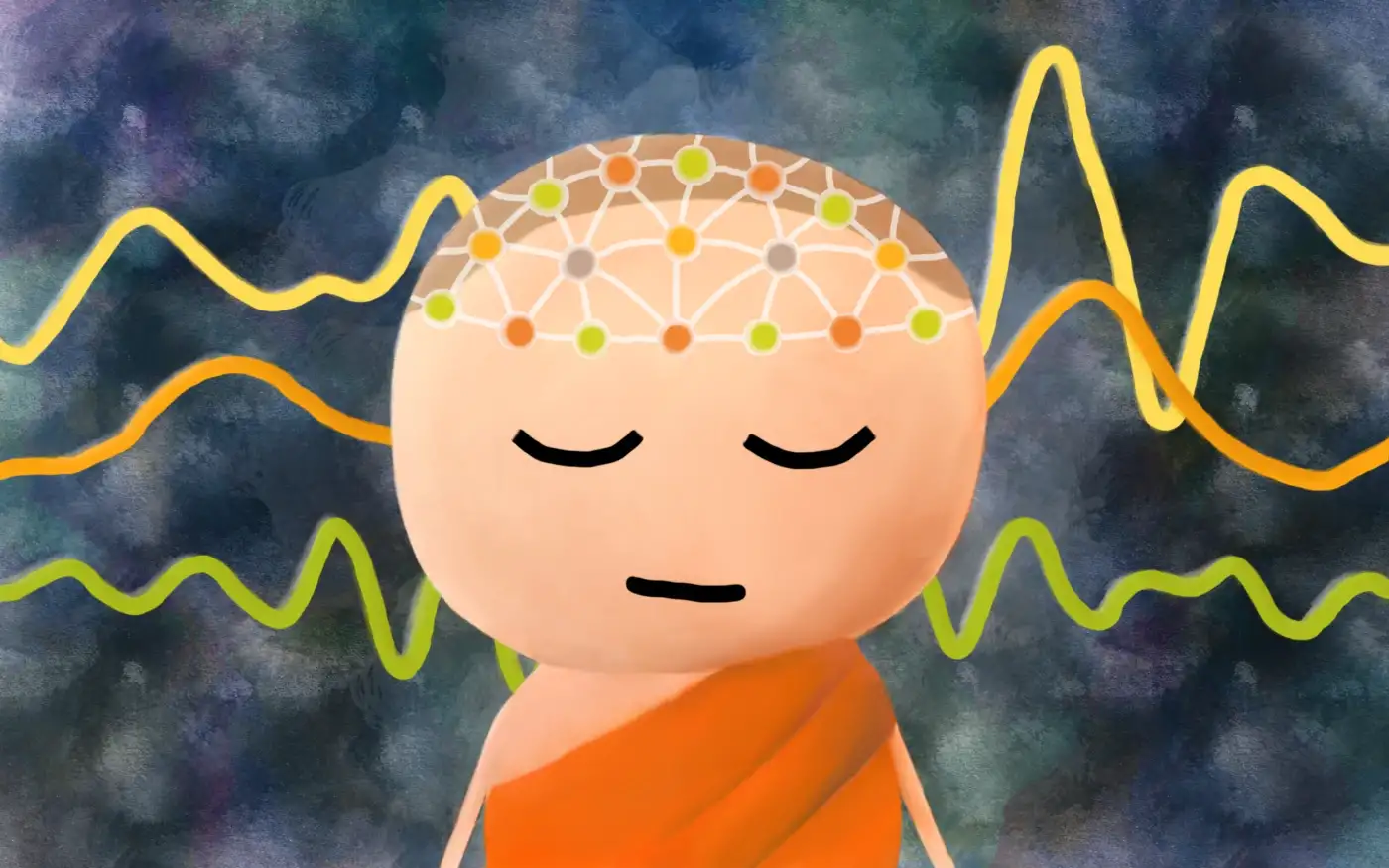The practice of lucid dreaming is gaining popularity in the modern era. From people looking to optimize their lives and sleep, spiritualists on inward journeys, and explorers of the dreamscape and beyond, the practice of lucid dreaming has benefits and experiences for anyone who wishes to explore what it offers.
Lucid dreaming is the phenomenon where we can “wake up” in our dreams, awakening into the dream and exploring the dream, even changing it, as we see fit.
Some people are natural lucid dreamers, but for most of us, it takes some time, training, and practice in order to reliably have lucid dreams. To get started, here are three important tips which will increase your lucid dreaming abilities.
1. Keep a Dream Diary
Often times it is hard to remember our dreams. Once we wake up, the needs of the day quickly arise to take our attention away from the previous night of dreaming. Our brains are set up to prioritize what is important to us, while filtering through everything else. For most people, dreams are rarely seen as a priority. The practice of writing down your dreams each morning begins to communicate to your brain that your dreams are something you are interested in. Over time, it will get easier and easier to remember your dreams. With more of the brain’s resources directed to interacting with the dream state, the easier it will become to awaken within the dream.
2. Get to Know Your Sleep Cycle
For each of us, dreams occur during specific times while we sleep. A product of our biology, the process of sleep conducts our physiology along a cyclical process which takes us between deeper portions of sleep where bodily rest and recovery takes place and the lighter portions in which dreaming takes place. Each person’s sleep cycle is unique to their body, how much they have slept lately, and their body’s specific needs, however, there is a general pattern which all humans take after. Deeper, physically restorative, sleep is the body’s priority. Going to sleep at night, the body descends deep into sleep. After each cycle of deep sleep, a lighter period of sleep follows. It is during this lighter section where the dream state occurs. As the night goes on, our body spends less time in the deeper state and more time in the dream-conducive lighter sections. For those practicing lucid dream techniques, this means the morning and time after restful sleep is more rich with dream-time compared to the more quiet, restful portions that occurs at the beginning of the night.
3. Intend to Lucid Dream
For the brain, intention is powerful. When we intend for something with sincerity, it aligns our consciousness with the attainment of our goals. Without the intention to succeed and the realization of what that means, it makes little sense for the brain to devote resources to it. Across any human achievement or goal, very few succeed who do not believe that they will succeed. The same is true for lucid dreaming. For reasons that are often mysterious and hard to quantify, believing you will have a lucid dream dramatically impacts your chances of having one. Like the dream diary, communicating to your brain that lucid dreaming is something you value will give the phenomenon greater priority in your brain.
— — — — — —
The process and experience of lucid dreaming is deep, fascinating, and nuanced. To learn more and gain greater understanding of the science, techniques, and mysticism behind lucid dreaming check out this course from HeartMind Alchemy which I have had the pleasure of co-teaching.



